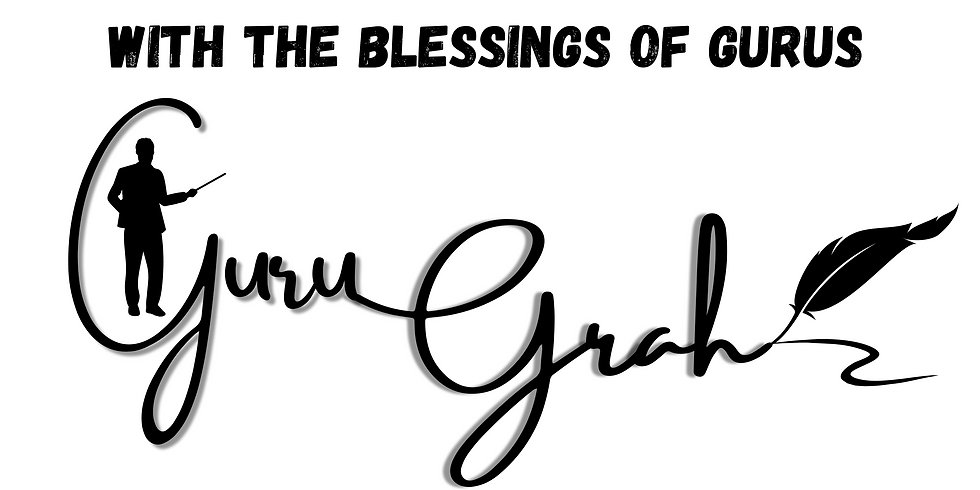
Reading Techniques –
If you have a lot to read then this might be interesting for you. Here, we introduce you to reading techniques. Please note that not every technique is suitable for everyone or for every type of text.
Using technology, you can prepare for the exam –
While preparing for the exam, that method of study should be adopted, which not only saves your time and effort but is also completely effective for the particular purpose of the study. Exam preparation can be taken to the point of success by adopting special techniques of reading tried in modern research.
1. Skimming
2. Scanning ie Testing
3. Active Reading
4. Detailed Reading
5. Revision Reading
6. Speed Reading
1. Skimming i.e. cursory glance –
The skimming technique of reading is most effective for getting an overview or summary of the material, allowing up to 50% of the test to be covered in 10-15% of the time it takes to read the entire book.
In this technique, first, the table of contents of the book is read. This should be followed by the introduction, index and some titles of the lessons to be read. Then the first and last paragraph of that text, and then the first and last line of each paragraph.
Apart from this, if any diagram, figure or special fact is given, then it should also be read. By doing this, a picture of the basic content of that book or subject is imprinted in the mind, which is essential for essay-based questions as well as comprehension-based questions in the exam.
2. Scanning i.e. test –
Just as skimming techniques are used to get the general idea of a book, similarly scanning techniques are used to find brief information from a book.
Apart from this, it also helps us to find a source, which is useful for our particular purpose. This technique involves rapid eye movements to find a word, phrase, or figure on a page. When scanning, look first for the author’s use of organizers, such as numbers, letters, steps, or words.
Look for words that are in bold, italics, or different font sizes, styles, or colours. Sometimes the author may also give the main ideas in the margin of the page. The desired material can then be read by locating the headings, sub-headings or places of the text or section.
3. Active reading –
When you really want to understand a text, you have to actively read it. There is no way around it. Scanning and skimming can only do so much but you have to read actively to get depth perception.
4. Detailed Reading –
This technique is actually a combination of skimming and active reading. You skim a text first and then you read about it in detail. Paying attention to each word and extracting important information from the text.
5. Speed Reading –
Here, you only try to improve your reading speed without losing your understanding of the text. It is very difficult and requires a lot of practice. The main aspects of speed reading are:
6. Revision Reading –
This speed reading technique is used for material that you are already familiar with but want to reinforce your understanding or knowledge. It may also involve writing some material in shorthand on small system cards. Deep concentration and alertness are necessary at the time of revision.
Identifying words without focusing on each letter
• Not to recite all the words
• Not sub-vocalizing certain phrases
• Spending less time on some phrases than others
• Skimming small sections
Structure-Proposal-Evaluation –
• This technique only applies to nonfiction writing. All you have to do is stick to those three steps:
• Review the layout of the table of contents, article paragraphs or text
• Study the statements in the text and put them in a logical sequence or in relation to each other
• Evaluate the final arguments and conclusions of the text
Avoid reading every single word… Survey the text before reading to get a broad idea of the book, article or section to be read…
- read the heading
- Check the arrangement of information in the table of contents
- read the heading and subheading
- View graphs, diagrams or tables
- Read the summary given at the end of a question or chapter
- Read the introduction and conclusion of the chapter
- read the first sentence of each paragraph Now you are ready to read the section related to objectives.
While reading, one should be alert to the progress of ideas in the text. Avoid the temptation to read every word
- Fill in the blanks, highlight phrases, summarize, pay attention to major and minor points
- Ask yourself questions like
- Is the given argument correct? Or is there some kind of favouritism with this argument? Or the conclusion of the author.
Reading Techniques:
Survey-Question-Read-Recite-Review – This is the most detailed way of reading a text. Afterwards, the reader should be able to recite the content of the text.
Survey: getting a quick idea of the text, eg reading abstracts and summaries.
Question: The reader should note down the questions before starting the reading. He should find answers to those questions while reading.
Read: Read carefully.
Text: Pre-developed questions should be answered by the reader in their own words and using only keywords from the text.
Review: Once the reader has answered the questions, he or she should review the entire product.

By Chanchal Sailani | December 20, 2022, | Editor at Gurugrah_Blogs.




Comments